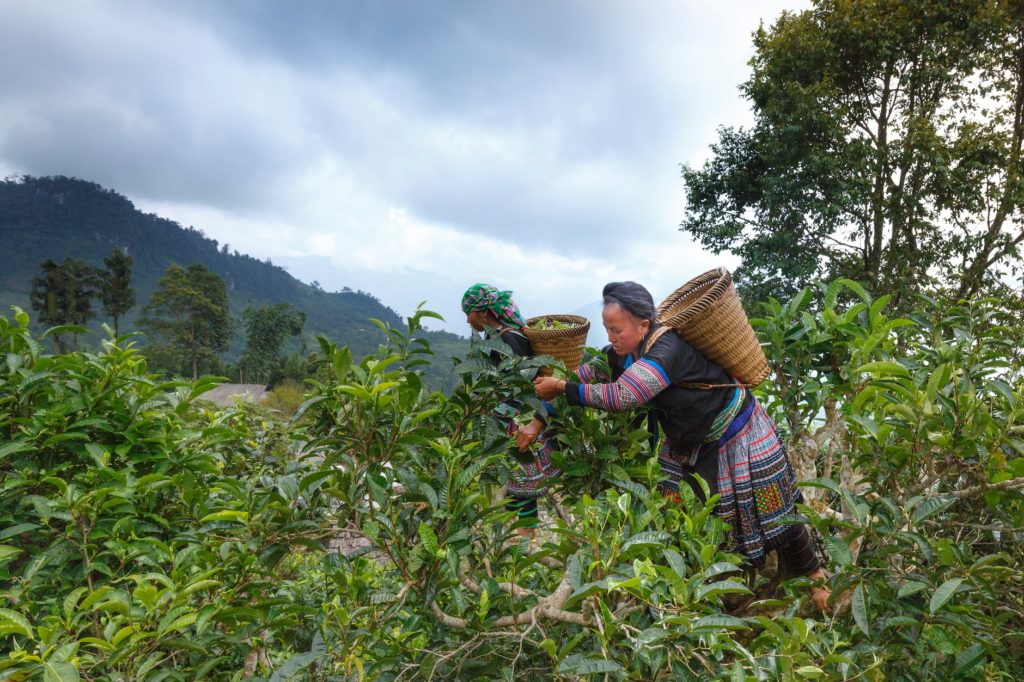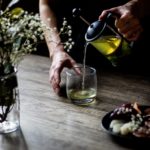Identifying the Different Kinds of Green Tea
Green tea is categorized in many forms. Aroma and flavor are based on the cultivation and processing of green tea. Below are the different kinds of green tea to give you further information.
Hoji-cha
Using a high temperature, oversized leaves are roasted. Upon roasting, Hoji-cha has a very distinct smell that is recognizable even from afar. Leaves are darkish brown, and after brewing, the liquid looks similar to black draft beer. Preparation of Hoji-cha is crucial to keep the aroma even after brewing. A large earthenware pot is used with large numbers of tea leaves inside it.
Konacha
Also known as powdered tea, Konacha is considered the most delicious and delicate green tea. With its reasonable price, anyone can enjoy its marvelous taste and enticing aroma. Agari is another term given to Konacha which is drunk with Sushi and is very much popular in Kanto District.
For preparation, use cloth or paper tea bags or a tea strainer for making Konacha. To thoroughly enjoy Konacha, boiling water must be poured into the pot very quickly.
Gyokuro
Leaves of Gyokuro are picked or cultivated from trees that are under shade. Once shooting leaves begin, you’ll notice an entire field covered with reed shade. Because spread straws cover the field, cultivators had the capacity to control photosynthesis to a level that maximizes vitamins to the desired quality. These are done to add up to the nutritional aspects of the tea. With a high amino acid level, Gyokuro has a richer taste; lesser tannin makes it taste more refined and a bit milder.
Sencha
Deriving its name from the way it is drunk, Sencha is steamed first. Then, it is hand-rubbed and afterward, dried. Sencha is considered the most popular green tea that comprises about 80 percent of tea production in all of Japan. The tree, wherein leaves are taken from, is not covered to accumulate an increased level of caffeine, amino acids, vitamins, and tannin. Leaves of Sencha are beautifully thin-shaped and have a glowing shade of green. Rubbing is the secret in Sencha’s true taste. Upon pouring, Sencha has a distinct yellow color that has an aroma that is refreshing and light with a slight taste of bitterness and sweetness going together in harmony.
Maccha
This came from Gyokuro-shaded leaves. Although, the process of hand rubbing isn’t included in the preparation. Leaves are only dried and steamed. Deep green and foamy thick appearance would let you think of how bitter the taste would be but that wouldn’t be the case because Maccha has subtle bitterness and mellow sweetness. Maccha flavor is deepened because of its preparation that is stone-ground resulting in a powdered state that contains all vitamins and nutrition needed by the body.
Yanagi
Also known as river willow, Yanagi is a product of fallen rubbing products that came out flat and turned into numerous folds. Because of their appearance which looks like willow leaves after rubbing, that is where Yanagi derived its name. it has a less lingering and lighter taste compared to Sencha. And also compared to Sencha, Yanagi leaves are naturally longer.
These assorted kinds of green tea drinks preferably that is basically based on the nutritional content that drinkers can benefit from or sometimes, just because of the aroma and taste.
DISCLAIMER:
This information is not presented by a medical practitioner and is for educational and informational purposes only. The content is not intended to be a substitute for professional medical advice, diagnosis, or treatment. Always seek the advice of your physician or other qualified healthcare providers with any questions you may have regarding a medical condition. Never disregard professional medical advice or delay in seeking it because of something you have read.
Since natural and/or dietary supplements are not FDA-approved they must be accompanied by a two-part disclaimer on the product label: that the statement has not been evaluated by FDA and that the product is not intended to “diagnose, treat, cure or prevent any disease.”





